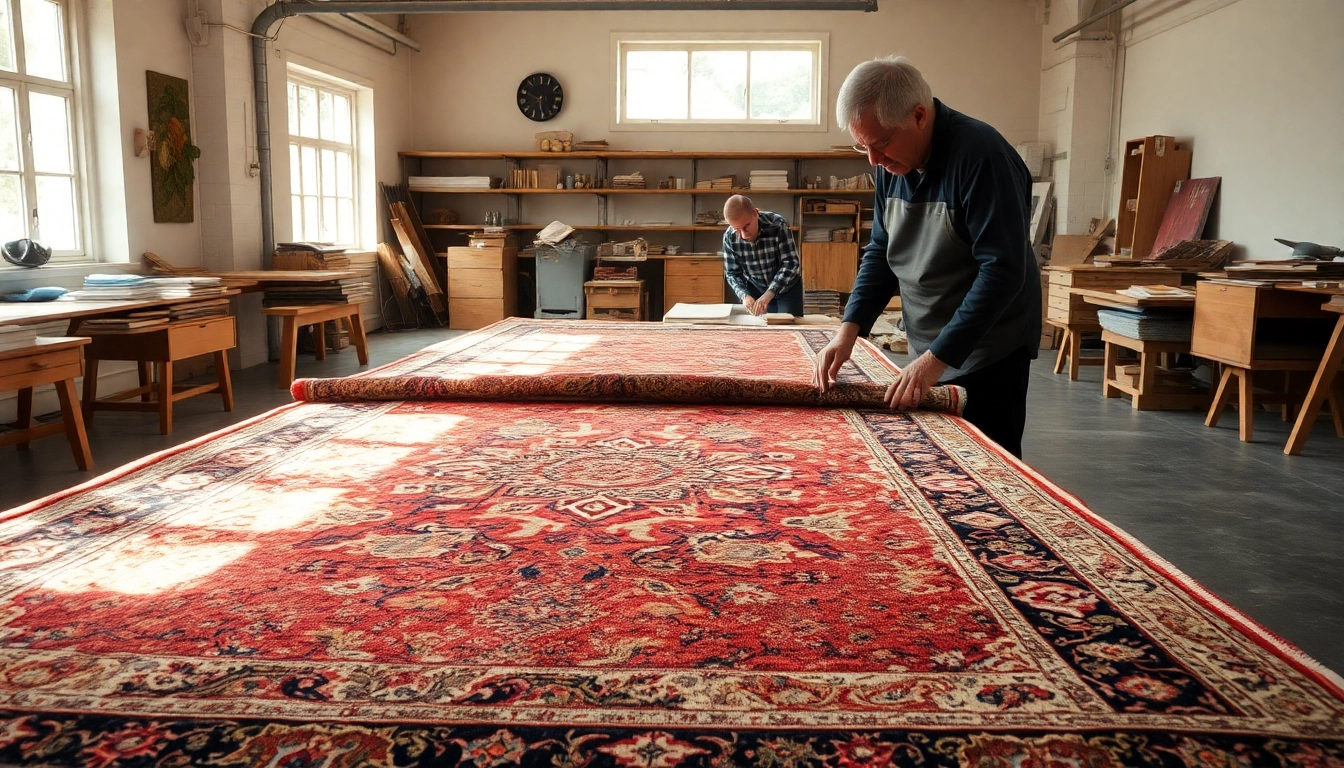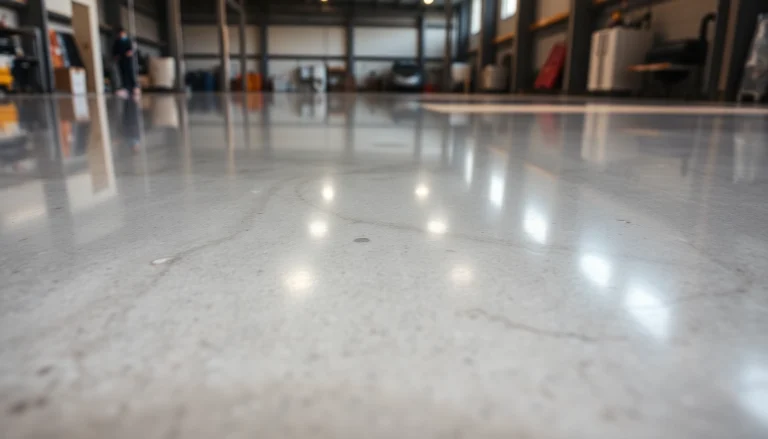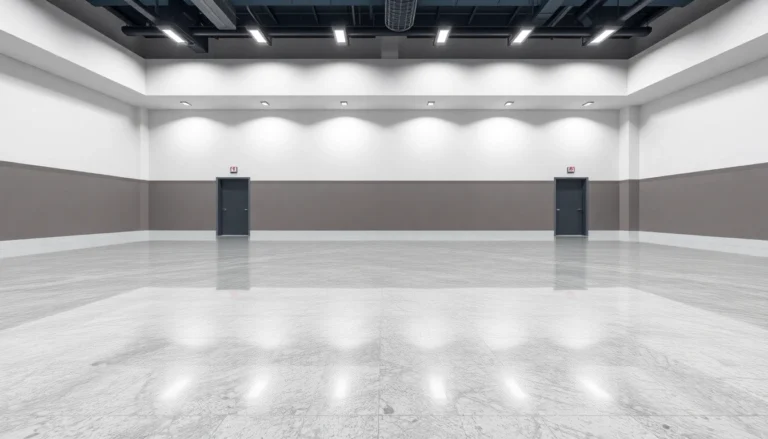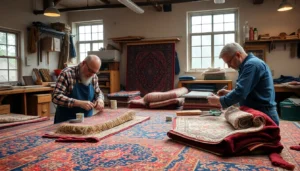When it comes to preserving the beauty, value, and longevity of treasured carpets, professional restoration becomes essential—especially in a city as vibrant and historic as Milan. Whether you own an antique Persian rug or a contemporary masterpiece, proper restoration can revive its original charm while preventing further deterioration. For those searching for “restauro tappeti Milano,” understanding the nuances of expert restoration services can greatly impact your decision-making process. In this comprehensive guide, we delve into the vital aspects of carpet restoration in Milan, exploring techniques, common damages, how to select the right provider, associated costs, and tips to maintain your restored carpets for generations to come.
Understanding Restauro Tappeti Milano: Techniques and Benefits
What is professional carpet restoration?
Professional carpet restoration, or “restauro tappeti,” encompasses specialized processes aimed at repairing, cleaning, and conserving carpets, especially those with historical, artistic, or sentimental value. Unlike routine cleaning, restoration involves intricate techniques that address structural damages, color restoration, and textile preservation. It requires expert knowledge of diverse fibers, dyes, and weaving techniques to ensure authentic and durable results. Restauro professionals utilize a combination of traditional craftsmanship and modern technologies, such as laser cleaning or delicate dye repair, to return carpets to their prime condition. This process not only restores aesthetic appeal but also halts deterioration caused by age, pests, or environmental factors.
The importance of expert restoration for antique and modern tappeti
In Milan, a city renowned for art, fashion, and design, maintaining the integrity of valuable carpets is paramount. Antique or high-quality modern tappeti demand meticulous attention; improper restoration can lead to loss of original patterns, colors, or even structural integrity. Expert restoration preserves the unique craftsmanship and historical significance of each piece. For antique carpets, especially those exceeding a century, preservation safeguards their cultural heritage while enhancing market value. Modern carpets, if damaged, benefit from advanced restoration techniques that prolong their life and sustain their visual appeal, ensuring they remain a centerpiece in contemporary interiors.
Key techniques used in Restauro Tappeti Milano practices
Restoration practitioners in Milan employ a range of specialized techniques tailored to each carpet’s condition and origin. These include:
- Hand Repair: Skilled artisans manually mend tears, frayed edges, or replaced damaged sections, carefully matching fibers and weaving techniques.
- Color Restoration and Dyeing: Using historically accurate dyes or modern colorants, experts re-treat faded or stained areas to match original hues seamlessly.
- Clean Extraction: Gentle cleaning methods, such as hand washing with natural solvents or ultrasonic cleaning, remove dirt, stains, and pollutants without harming delicate textiles.
- Structural Reinforcement: Reinforcing weak areas with supportive backing or reweaving ensures long-term durability.
- Refringing and Fringe Restoration: Repairing or replacing franges restores the edges’ visual coherence and structural integrity.
These techniques, combined with expert assessment and craftsmanship, ensure the carpet’s restoration is both authentic and sustainable.
Common Damage Types and Restoration Solutions
Repairing holes, fraying, and color restoration
Damage like holes or fraying often results from age, pests, or mishandling. Restoration involves reweaving or patching affected areas with fibers matched by type, color, and knot density. Color restoration tackles fading due to light exposure or cleaning agents, employing dyeing techniques to recapture original vibrancy without oversaturation. The challenge lies in matching dyes historically used, whether vegetal or mineral-based, requiring skilled artisans who understand traditional dyeing methods.
Handling pet stains, burns, and water damage
Pet stains and burns are common in Milan homes. Addressing these requires deep cleaning with enzymatic or mild cleaning agents and, in cases of burns, carefully removing charred fibers followed by filler patches. Water damage can cause mold, warping, or dyes to bleed. Restoration specialists employ controlled drying environments and cleaning solutions that neutralize mold and stabilize fibers, preventing further decay.
Restoring delicate textiles and intricate patterns
Some carpets feature intricate designs and fragile fibers, demanding delicate handling during restoration. Techniques include slow reweaving, where tiny bundles of fibers are expertly inserted, and pattern matching based on extensive cataloging of traditional designs. This ensures the restored carpet maintains its authenticity and aesthetic coherence, a process vital for antique or museum-quality pieces.
Steps to Choose the Right Restauro Tappeti Milano Service
Assessing the condition and value of your tapis
Start with a detailed assessment by a qualified expert. They evaluate the fiber integrity, dye stability, existing damages, and historical value. This assessment informs the restoration approach and helps determine whether restoration will enhance or diminish the carpet’s worth.
Questions to ask your restoration specialist
When selecting a provider, inquire about their experience with similar carpets, specific techniques used, turnaround times, and preservation guarantees. Confirm if they employ traditional methods for authentic restoration, and request references or case studies demonstrating their expertise.
Estimating costs and turnaround times for restoration
Restoration costs span a broad range depending on damage complexity, size, age, and materials involved — typically from €50 to €1,000 or more. A reputable specialist provides a detailed quote after appraisal, including timelines. For valuable or complex restorations, expect a longer process that ensures meticulous work, often lasting several weeks.
Cost Factors and Value of Restauro Tappeti Milano
Pricing range for different types of repair and restoration
Basic repairs, such as fringe fixing or minor patching, can cost around €50-€200. More intensive restoration like dyeing or structural repair, especially on antique or high-value carpets, can reach upwards of €500-€1,000. It’s important to balance cost with the quality of craftsmanship; choosing experienced restorers ensures preservation of authenticity and durability.
How restoration impacts the value and longevity of your tapis
A professionally restored carpet can significantly increase its aesthetic appeal and market value, especially if proper techniques are employed. Restoration extends the lifespan, often adding decades of usability, which justifies the investment. Proper maintenance post-restoration further enhances the carpet’s durability.
Tips for maintaining your restored carpet
- Regular gentle vacuuming to prevent dirt buildup.
- Avoid direct sunlight exposure to prevent fading.
- Use appropriate cleaning agents or seek periodic professional cleaning.
- Implement protective measures, such as using rug pads and limiting foot traffic on delicate areas.
Partnering with Top Restauro Tappeti Milano Providers
Locating trusted specialists with proven expertise
Look for organizations with certifications, extensive portfolios, and positive client reviews. Renowned centers like Restauro Tappeti milano offer proven services backed by years of experience in handling both antique and contemporary carpets, ensuring your piece receives expert care.
Customer testimonials and case studies
Many top providers showcase before-and-after images, highlighting their ability to restore even severely damaged carpets. Testimonials often emphasize attention to detail, respect for original craftsmanship, and timely completion, giving confidence to prospective clients.
How to ensure quality and authenticity of restoration services
Request detailed work plans, original craftsmanship techniques, and transparency in pricing. Confirm if the provider uses authentic dyes, traditional weaving techniques, and offers post-restoration guarantees. Visiting their workshop or consulting references can further assure quality.






